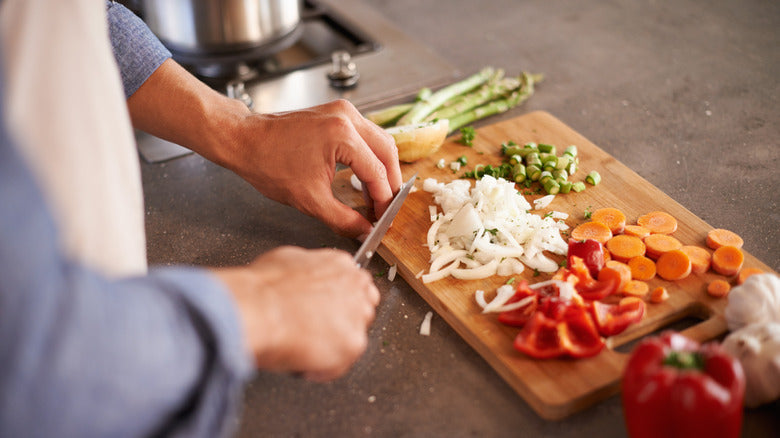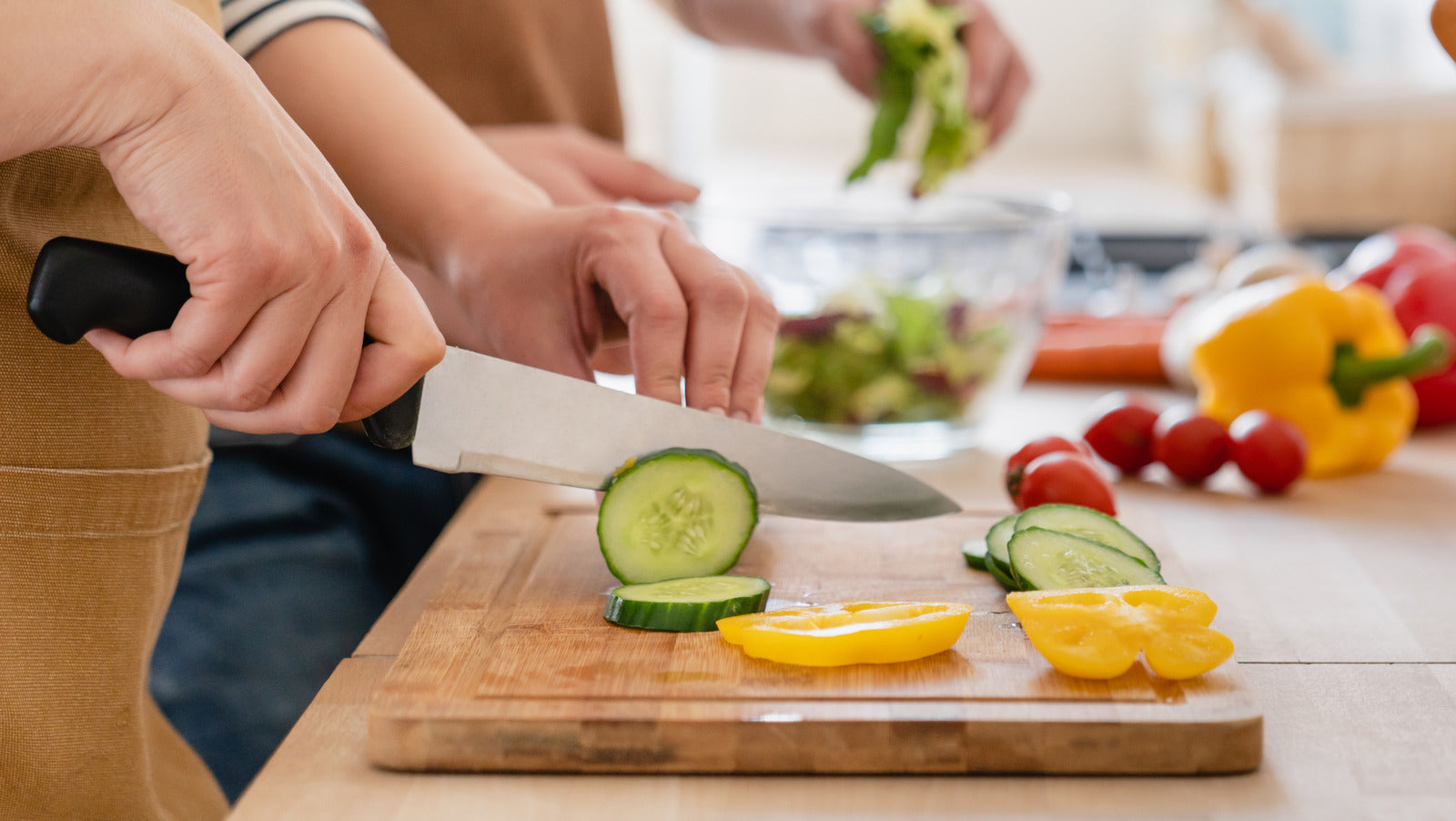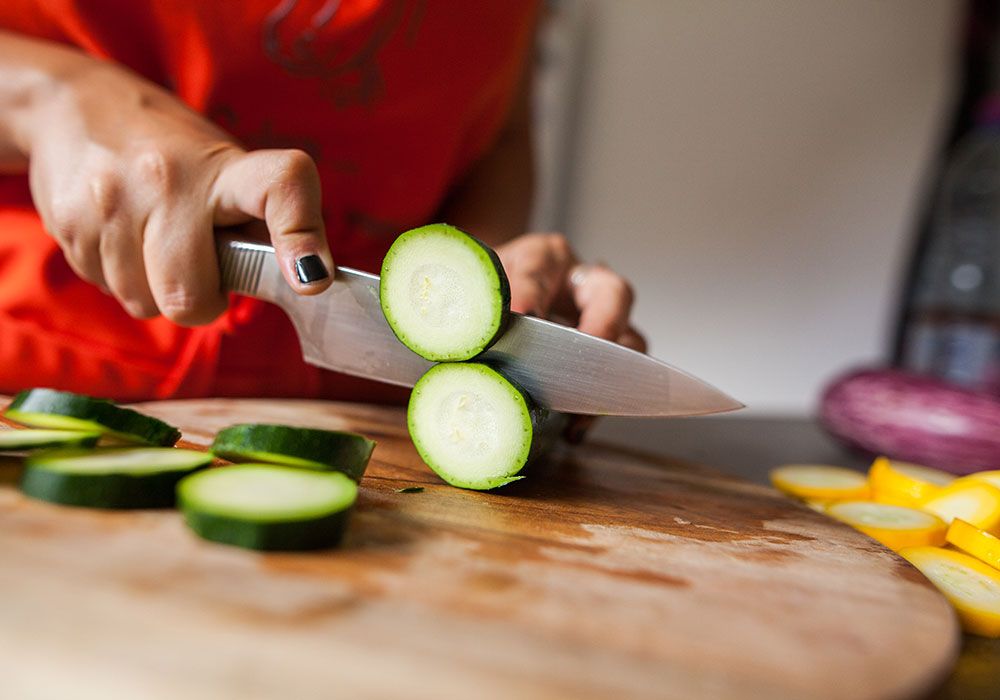Cutting boards are essential tools in every kitchen, whether youre a home cook or a professional chef. They are versatile, durable, and help streamline food preparation processes. But knowing when a cutting board used to cut cabbage is required to be cleaned is crucial to maintaining food safety and hygiene. Given their importance, cutting boards are often used for various foods, including vegetables, meats, and sometimes even fruits. However, improper cleaning or negligence can lead to cross-contamination, putting your kitchen operations at serious risk.
For kitchen professionals, understanding the hygiene protocols surrounding cutting boards is non-negotiable. Whether you're cutting cabbage, raw chicken, or slicing bread, cleanliness is paramount. But how do you ensure youre adhering to the best practices for cleaning and maintaining your cutting boards? In this article, well dive deep into understanding when to clean a cutting board used for cutting cabbage, why it's critical, and methods to keep your kitchen workspace food-safe.

Why Cleaning Cutting Boards After Cutting Cabbage Is Crucial
Cabbage, like many other vegetables, can leave a residue on cutting boards after slicing or chopping due to its high water content and compact layers. This residue, although not as harmful as raw meat juices, can harbor bacteria if left unchecked. The organic matter on cabbage, if not cleaned off promptly, can rot and become a breeding ground for bacteria like E. coli or mold, especially if the cutting board isn't dried properly afterward.
Moreover, for professional chefs working in busy kitchens, cleanliness is a cornerstone of maintaining food quality and customer trust. Failing to clean a cutting board after cutting cabbage may affect subsequent dishes, especially if you're preparing allergen-sensitive or raw foods.
Cross-Contamination Risks with Cutting Boards
Cross-contamination refers to the transfer of contaminants from one surface to another. While many assume this primarily applies to raw meat or seafood, cross-contamination can occur even when handling vegetables like cabbage. For instance, if you're chopping cabbage on a board that was previously used for raw chicken and not cleaned properly, you are creating a hazardous situation. To prevent any risks, ensure that your cutting board is cleaned every time you switch the type of food being processed.
How to Properly Clean a Cutting Board After Cutting Cabbage
Immediate Cleaning Steps
After cutting cabbage, your cutting board should be rinsed off immediately to remove any superficial particles. Use warm soapy water and a scrub brush to clear away any stubborn bits of vegetable residue.
- Rinse the board with warm water.
- Apply dish soap and scrub the surface, ensuring to target any small grooves or knife marks.
- Rinse again thoroughly to remove soap residue.
- Dry the board completely using a clean towel to avoid moisture that could breed bacteria.
Deeper Cleaning for Wooden and Plastic Boards
Wooden cutting boards require special care to prevent cracking, warping, or harboring germs. Consider using a mixture of white vinegar and water as a natural disinfectant. For plastic boards, a solution with bleach diluted in water can help in sanitization.
For more insights into caring for wood cutting boards, check out this article on hydrating wood cutting boards.
Frequency of Cleaning Cutting Boards
The important rule to remember is that a cutting board should be cleaned immediately after every use. This is especially crucial for professional kitchens where multiple chefs may be using the same surface throughout the day. If cabbage or other vegetables are being prepared in large quantities, the board should be cleaned at intervals to minimize contamination risks.
Heres a breakdown of the cleaning frequency:
- After slicing cabbage or any leafy vegetable.
- Before switching to another type of food item, such as raw chicken or fish.
- At least once at the end of every food preparation session for the day.
Choosing the Right Cutting Boards for Easy Cleaning
Material matters when it comes to cleaning cutting boards. Wooden boards are durable and naturally more resistant to bacteria compared to plastic surfaces, but they require extra care to keep them clean and sanitized. Plastic boards, on the other hand, can be easier to disinfect and are less porous, making them suitable for professional kitchens.
Learn more about selecting the best cutting board for your needs in this guide on what color cutting boards.
Hygiene Tips to Keep in Mind
Use Separate Cutting Boards
One of the simplest ways to avoid cross-contamination is to use separate cutting boards for different food categories. For instance, have one board solely for vegetables like cabbage and another for raw meats.
Regular Maintenance
Apart from cleaning immediately after use, your cutting boards should undergo regular deeper cleaning routines. Wooden boards can benefit from a monthly application of mineral oil to prevent cracking and prolog their durability.
Inspect for Wear and Tear
Over time, cutting boards can develop deep grooves from knife cuts, which are hard to clean thoroughly and can harbor bacteria. Replace boards when they show significant signs of wear and tear.

FAQs
Q: Can cabbage leave stains on cutting boards?
A: While cabbage typically doesn't leave strong stains, its residue can stick in grooves of older cutting boards. Cleaning immediately after use minimizes any risks.
Q: How often should commercial kitchen cutting boards be sanitized?
A: Cutting boards in commercial settings should be sanitized at least every 4 hours during continuous use and after every use for raw meats or vegetables like cabbage.
Q: Are dishwasher-safe cutting boards a good choice?
A: Yes, especially for plastic boards as they can withstand the dishwasher's heat, which aids in thorough disinfection. However, wooden boards should not be placed in dishwashers as they can warp or crack.
For more professional kitchen tips, you can explore this cutting board guide.
By following the cleaning and maintenance tips outlined here, you'll not only ensure compliance with food safety standards but also prolong the lifespan of your cutting boards, keeping your kitchen efficient and hygienic.
This article contains affiliate links. We may earn a commission at no extra cost to you.






Leave a comment
This site is protected by hCaptcha and the hCaptcha Privacy Policy and Terms of Service apply.